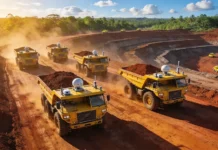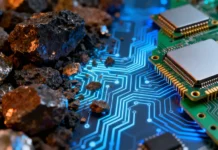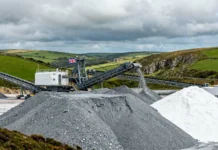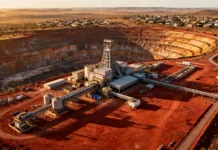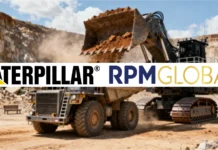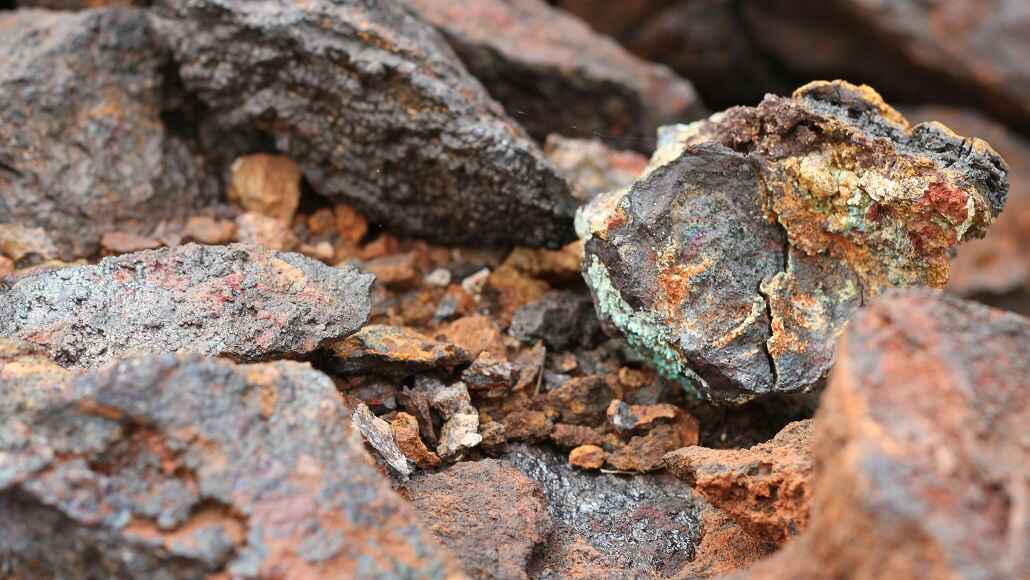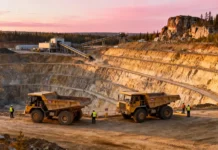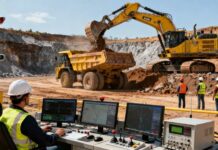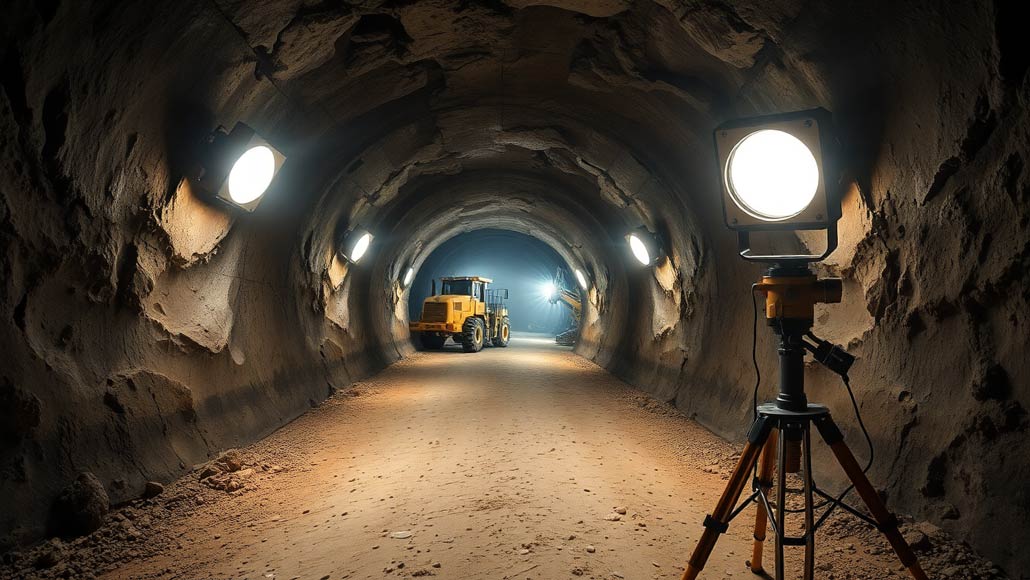Underground mining has long been one of the most hazardous and demanding sectors of the extractive industries. Operating beneath the Earth’s surface, miners and engineers face significant risks from cave-ins, gas pockets, equipment failures, and complex geotechnical conditions. Historically, these challenges have necessitated meticulous manual surveys, often involving labor-intensive processes that are slow, costly, and sometimes unsafe.
In recent years, laser scanning technology has revolutionised underground mining, introducing a new era of precision, safety, and operational efficiency. Leveraging laser scanning innovations, mining companies can perform detailed 3D mapping, structural analysis, and real-time monitoring of underground environments. These advancements are transforming how mines are designed, managed, and maintained, providing unparalleled insights into complex subsurface conditions.
The Evolution of Laser Scanning in Mining Operations
Laser scanning has transitioned from a niche mapping tool to a cornerstone of modern underground mining operations, driven by relentless technological development. Initially used primarily for surface topography and open-pit mapping, laser scanning technology has evolved rapidly to meet the demanding conditions underground. The arrival of mobile laser scanners, drone integrations, and real-time data processing has expanded the scope and accuracy of subsurface mapping.
The primary driver behind these innovations has been the need to better understand the geology, stability, and hazards within complex underground structures. Traditional methods like manual surveying and basic sensors were often limited by accessibility, environmental hazards, and the sheer difficulty of capturing detailed data in confined spaces. Laser scanning’s non-contact, high-speed, and high-precision capabilities have addressed many of these limitations, making it an indispensable tool for modern underground mining.
Core Laser Scanning Technologies Transforming Underground Mining
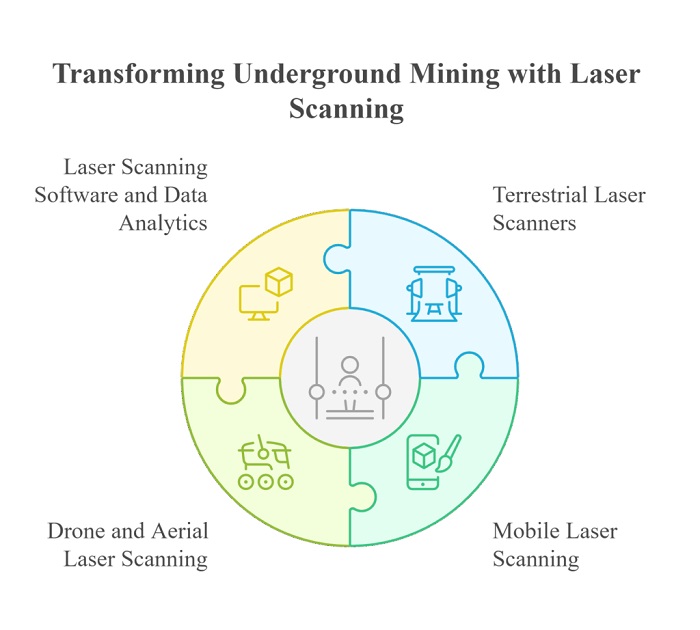
Laser scanning technologies have advanced significantly, driven by innovations in hardware components, data processing, and integration capabilities. These innovations have made it possible to capture highly accurate, dense point clouds representing underground environments down to millimeter precision.
- Terrestrial Laser Scanners (TLS)
The backbone of underground laser scanning systems is the terrestrial laser scanners, which can capture extensive 3D data sets quickly and accurately. These scanners are often mounted on tripods or mobile bases, enabling detailed scans of tunnel cross-sections, ore bodies, and structural features. Recent developments have focused on improving scanner range, environmental robustness, and scan speed. This allows miners to survey complex settings with minimal disruptions.
- Mobile Laser Scanning (MLS)
Mobile laser scanners, mounted on vehicles or robotic platforms, have become essential for large-scale mapping of extensive underground networks. These systems can traverse tunnels, drifts, and shafts autonomously, collecting high-density data at unprecedented speeds. The mobility of these systems reduces survey timeframes and improves detail levels, enabling rapid updates to mine models.
- Drone and Aerial Laser Scanning
While traditionally associated with surface mapping, drones equipped with laser scanners have a growing role in underground mining, especially in access points and shaft systems. Compact and agile, drones can navigate tight spaces and hazardous zones, providing real-time scans and the ability to monitor hard-to-reach areas.
- Laser Scanning Software and Data Analytics
Hardware advancements are complemented by sophisticated software capable of processing vast quantities of point cloud data into usable 3D models. These platforms employ machine learning, AI-driven filtering, and advanced visualisation techniques to identify anomalies, predict geotechnical hazards, and optimize mine planning.
Practical Applications of Laser Scanning in Underground Mining
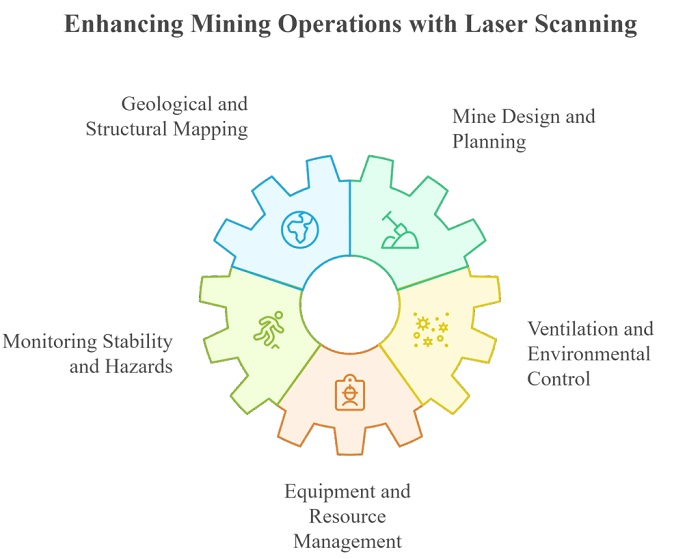
The application of laser scanning in underground mining is versatile and impacts every stage of the mining cycle—from exploration to safety management, through to mine optimisation and environmental monitoring.
- Geological and Structural Mapping
Laser scans generate detailed 3D models of underground tunnels, rock formations, and ore bodies. This precision allows geologists and engineers to analyse mineral deposits, assess structural integrity, and plan excavation paths with high confidence. Accurate geological models reduce geological uncertainties, minimising risk and optimising extraction.
- Mine Design and Planning
Using high-fidelity 3D models, mine planners can simulate various excavation scenarios, optimise tunnel alignments, and forecast potential hazards. Real-time updates enable dynamic mining plans that adapt to changing geological and operational conditions, ultimately improving productivity and safety.
- Monitoring Stability and Hazards
One of the biggest risks in underground mining is rock instability. Laser scanning facilitates continuous structural monitoring by capturing repeat scans at regular intervals. Comparing scans over time reveals ground movement, stress buildup, or early signs of rock failure, enabling preemptive action before catastrophic failure occurs.
- Ventilation and Environmental Control
Accurate 3D mapping with laser scans allows for precise airflow modeling, helping engineers optimise ventilation systems, reduce energy consumption, and maintain safe working environments. Laser data also supports environmental monitoring, such as tracking dust, gas emissions, and water runoff.
- Equipment and Resource Management
Laser scanning also plays a vital role in fleet management by creating detailed digital twins of machinery, tracking their positions, wear, and operational status. This real-time insight supports predictive maintenance and enhances resource allocation.
Benefits of Laser Scanning Innovations in Underground Mining
The technological leap in laser scanning brings a range of tangible benefits. By providing highly accurate, comprehensive, and rapid data acquisition, mining operations can improve safety, increase efficiency, and reduce environmental impact.
The most important among these is enhanced safety. Continuous structural health monitoring can identify early signs of instability or hazards, allowing timely interventions and reducing the risk of accidents. The non-contact nature of laser scanning minimises personnel exposure to hazardous zones, further elevating safety standards.
Operational efficiency also sees a marked improvement. Rapid surveys and real-time data processing streamline planning and decision-making, reducing downtime and accelerating project timelines. Moreover, detailed 3D models support automation initiatives, such as autonomous drilling and excavation, providing precise digital twin environments.
Furthermore, environmental monitoring becomes more robust and data-driven. Laser scans can detect subtle changes in terrain, water flow, or dust dispersion, enabling more informed environmental management practices.
From an economic perspective, the reduced survey times and lowered safety incident rates translate into significant cost savings. Further, this makes laser scanning an attractive investment in modernised mining operations.
Challenges and Limitations in Deployment
Despite its many advantages, deploying laser scanning technology in underground mining is not without challenges. High initial capital costs for advanced scanners, processing hardware, and skilled personnel can be a barrier for some operations.
The rugged underground environment is characterised by dust, moisture, and vibrations. This also demands highly durable hardware solutions that can withstand these stressors without sacrificing precision.
Interoperability remains a concern. Many existing mine infrastructure and legacy systems are incompatible with new laser scanning solutions, necessitating comprehensive integration strategies. Additionally, data security and management are critical, especially in competitive markets, requiring robust cybersecurity protocols to prevent theft.
Further technological limitations include signal interference and limited scan ranges in fractured or mineral-rich zones that absorb or scatter laser beams. Continuous innovation is required to expand operational capabilities, such as mobile scans in confined spaces or remote-controlled drone operations.
The Future of Laser Scanning in Underground Mining
The trajectory of laser scanning innovation promises further transformative impacts on underground mining. Miniaturisation and ruggedisation of sensors will enable even more versatile, mobile systems capable of navigating complex underground cavities autonomously.
Integration with emerging technologies, such as artificial intelligence, machine learning, and augmented reality will unlock new levels of operational intelligence. For example, AI-driven analysis of scan data will facilitate the prediction of ground movement patterns, enhancing proactive safety measures.
Furthermore, the deployment of drone-based laser scanners will expand coverage and reduce risk in inaccessible zones, while real-time data streaming and edge computing will enable instant decision-making. These innovations will support fully automated mine operations, including autonomous haulage, drilling, and ore extraction.
Global industry adoption of standardised data formats and interoperability protocols will simplify integration across diverse systems and geographies, ensuring scalable deployment. Governments and regulatory agencies are likely to develop guidelines and standards to ensure safety, security, and environmental responsibility.
Laser scanning technologies will play an increasingly central role, not just in operational efficiency, but also in environmental monitoring, reclamation planning, and community engagement.
Conclusion: Redefining the Future of Underground Mining
Laser scanning innovations are fundamentally transforming underground mining from a traditionally hazardous and labor-intensive activity into a technology-driven, highly precise operation. Improvements in hardware robustness, data processing, and autonomous navigation are enabling mine operators to better understand the environment, predict hazards, optimise processes, and enhance safety measures.
These advancements not only lead to cost savings and operational efficiency but also promote a safer, more sustainable mining industry. The continuous evolution of laser scanning technologies, combined with AI, robotics, and edge computing, will unlock new frontiers in underground mining. The industry’s embrace of these innovations will define its success in achieving operational excellence and sustainability in the decades to come.


